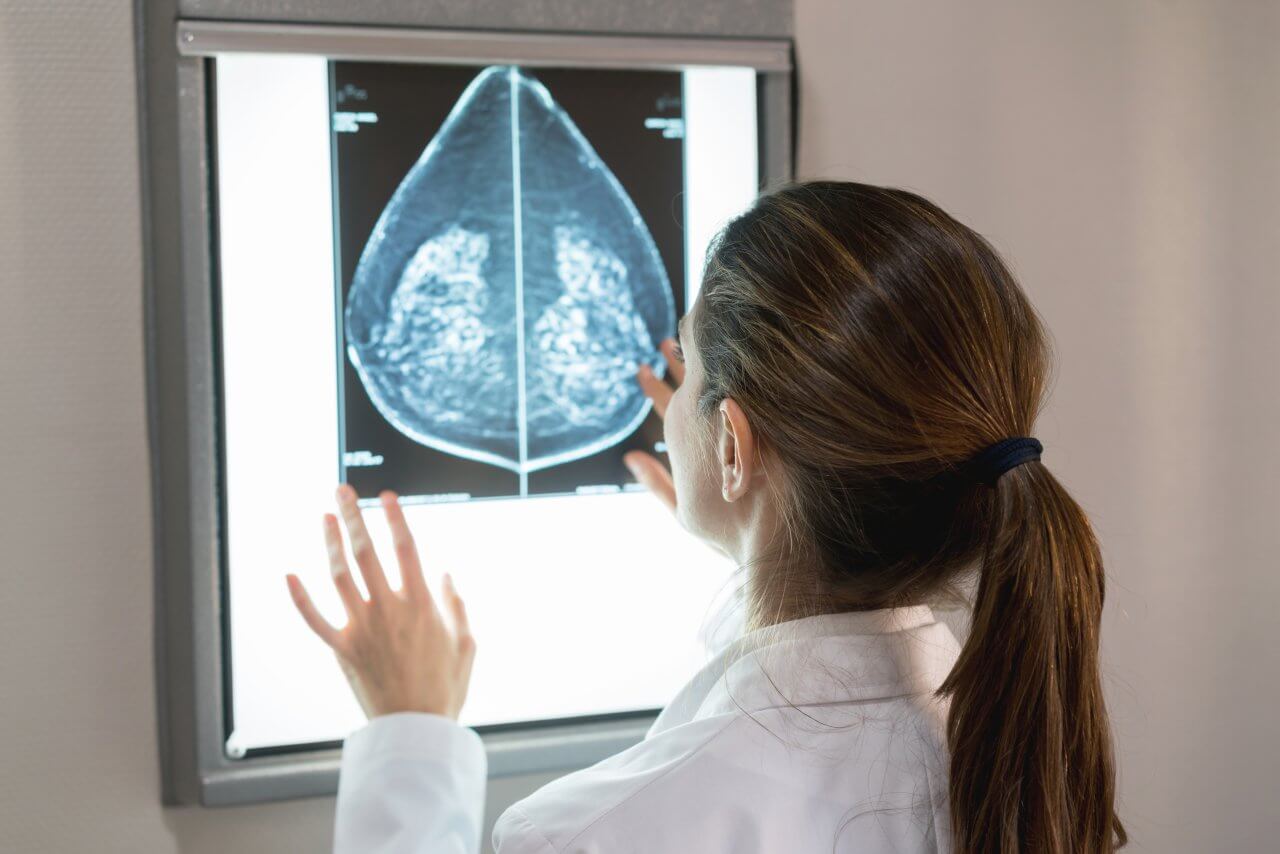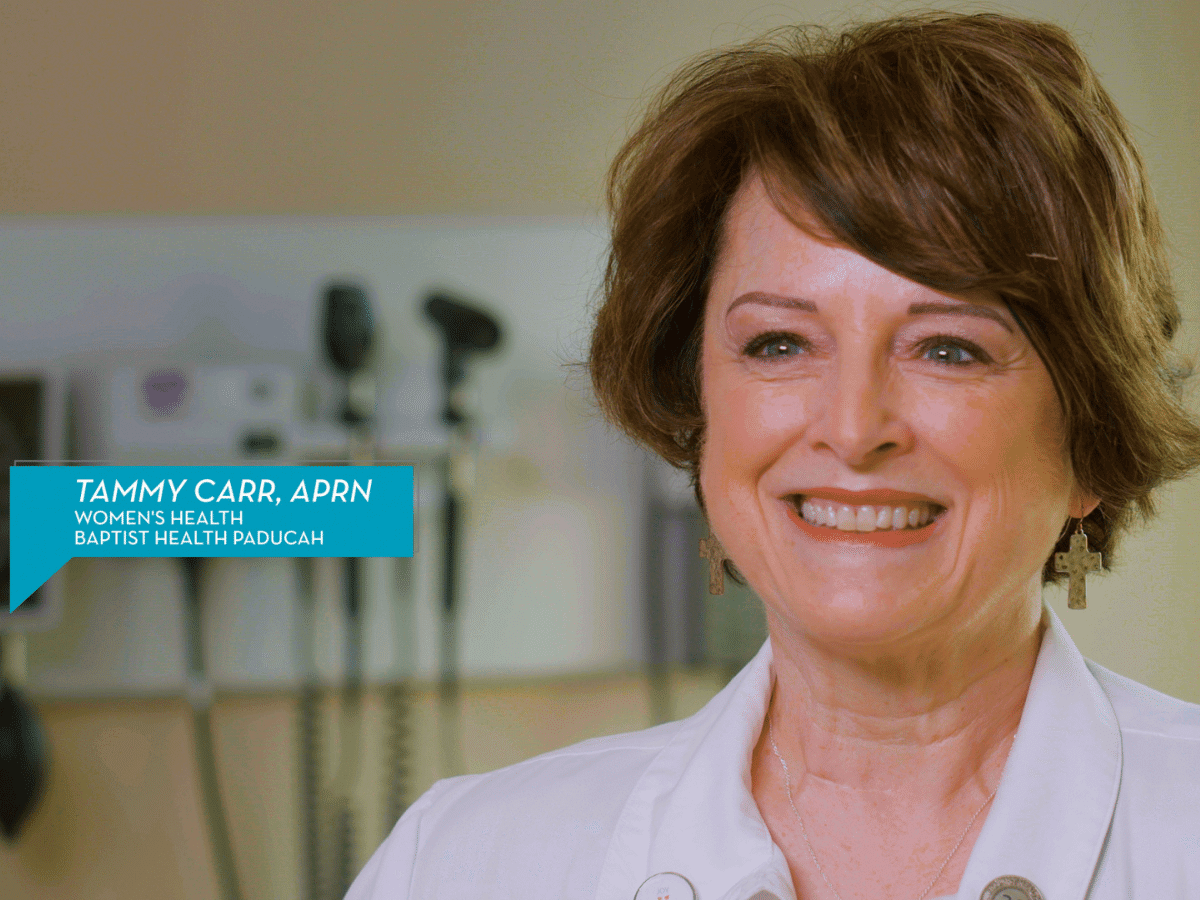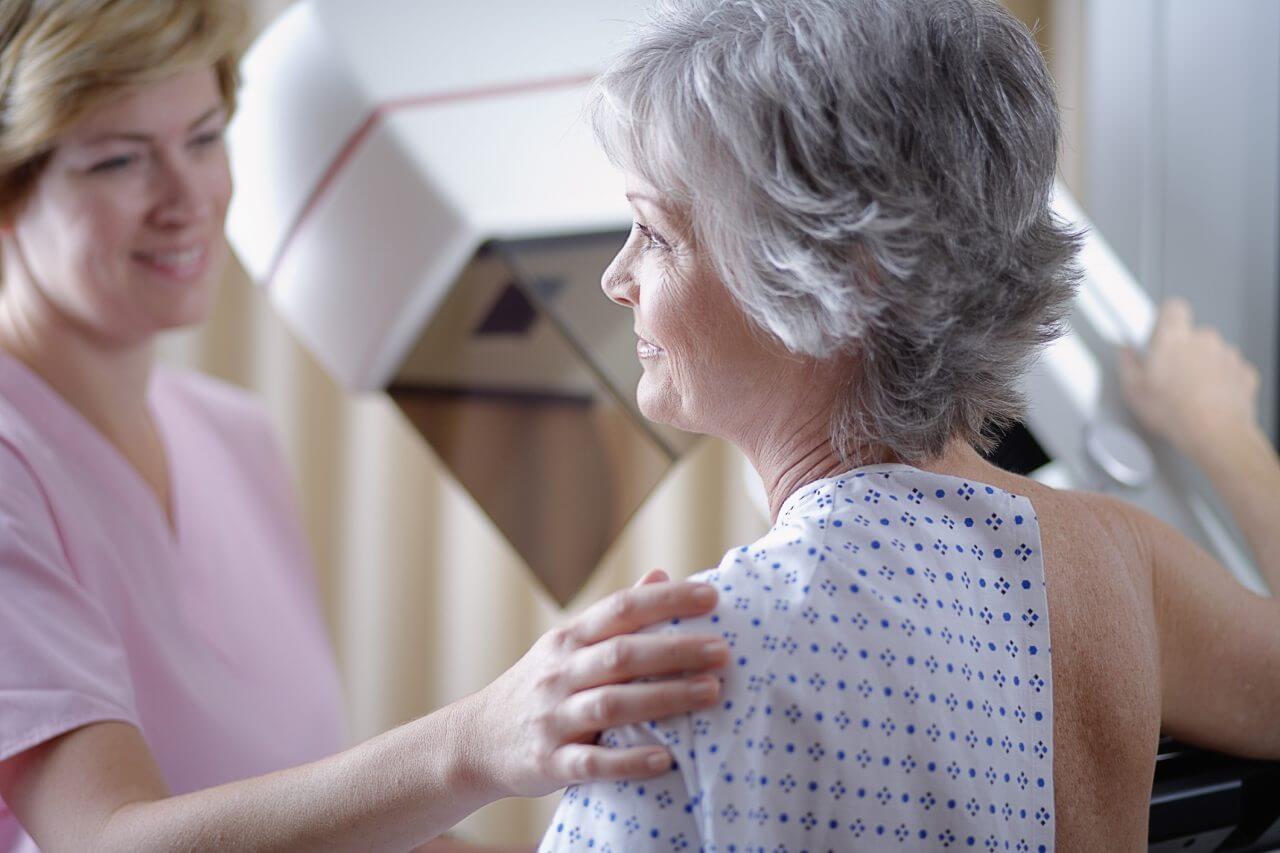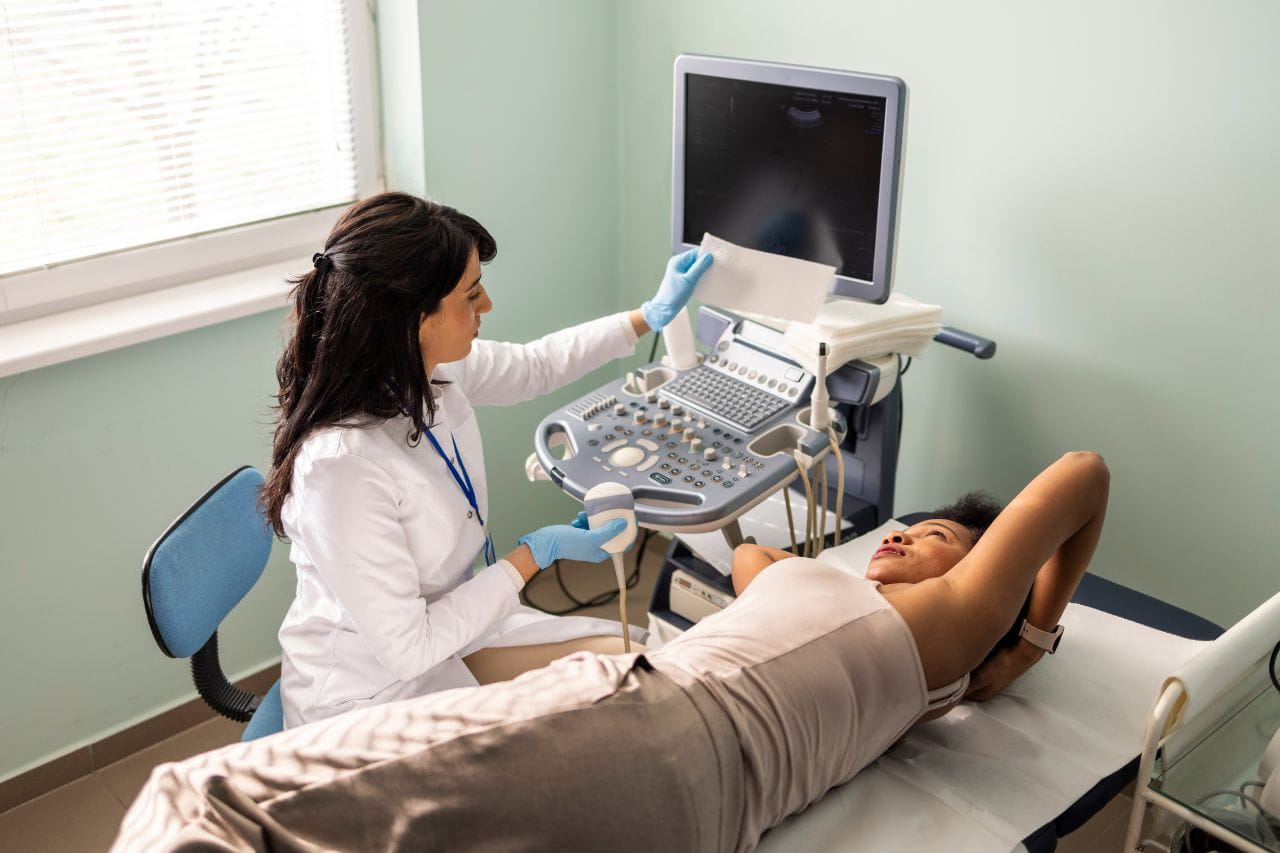Mammogram Results: What Is a BI-RADS Score?

A mammogram is an imaging test doctors use to identify abnormalities in breast tissue. Those abnormalities can indicate the presence of cancer or benign, non-cancerous masses and structures.
After your test, a radiologist assesses the mammogram results and categorizes them using a numbering system. Called the Breast Imaging Reporting and Data System (BI-RADS), this scale from 0 to 6 helps doctors communicate clearly and effectively with one another and with you about your test results.
Radiologists also assign a BI-RADS score after other tests like a breast ultrasound or breast MRI. The only difference is that the actions taken based on a particular score may be somewhat different with these tests.
BI-RADS Score Definitions
BI-RADS scores are essential in describing breast health. Definitions of the numbered scale are below, but a conversation with your doctor following your mammogram is the best way to understand the importance of your score and any next steps needed.
- Category 0. The mammogram was incomplete. The radiologist believes there may be abnormalities in your breast tissue, but further testing is needed.
- Category 1. The test was normal, with no suspicious masses, calcifications, etc.
- Category 2. This also indicates a negative finding, but the radiologist observed benign masses, calcifications, or other elements. This category is applied to the results, in part, to let others who view the results know that the benign features are not suspicious.
- Category 3. This category indicates a finding that has no more than a 2% risk of being cancerous, but that requires additional testing.
- Category 4. The radiologist has observed a suspicious abnormality, and your doctor should consider a biopsy. This category is further divided into:
- 4A: The likelihood of cancer is 2% to 10%.
- 4B: The likelihood of cancer is 10% to 50%.
- 4C: The likelihood of cancer is 50% to 95%, but less than Category 5.
- Category 5. The results are highly suggestive of cancer, and your doctor should recommend appropriate actions.
- Category 6. This category is applied to mammogram results only after a prior biopsy has proven cancer is present.
BI-RADS Scores and Breast Density
Another factor doctors use to assess breast health is breast tissue density. Less-dense breasts with a higher percentage of fatty tissue versus fibrous or glandular tissue are less likely to develop cancer.
Radiologists classify breast tissue density as:
- Mostly fatty
- Scattered density
- Consistent density
- Extremely dense
Learn More About Breast Cancer Treatment at Baptist Health
Breast cancer is treatable, particularly when detected early through regular self-exams and mammograms. That’s why those tests are so important. BI-RADS scores are one element in assessing breast health—but not the only one.
You should avoid the temptation to reach a conclusion—positive or negative—about your health simply based on your mammogram results. It’s crucial to talk with your doctor following your mammogram.
If they determine that you have breast cancer, Baptist Health’s cancer care specialists are here for you! Our team is skilled in helping breast cancer patients achieve the best possible outcomes.



